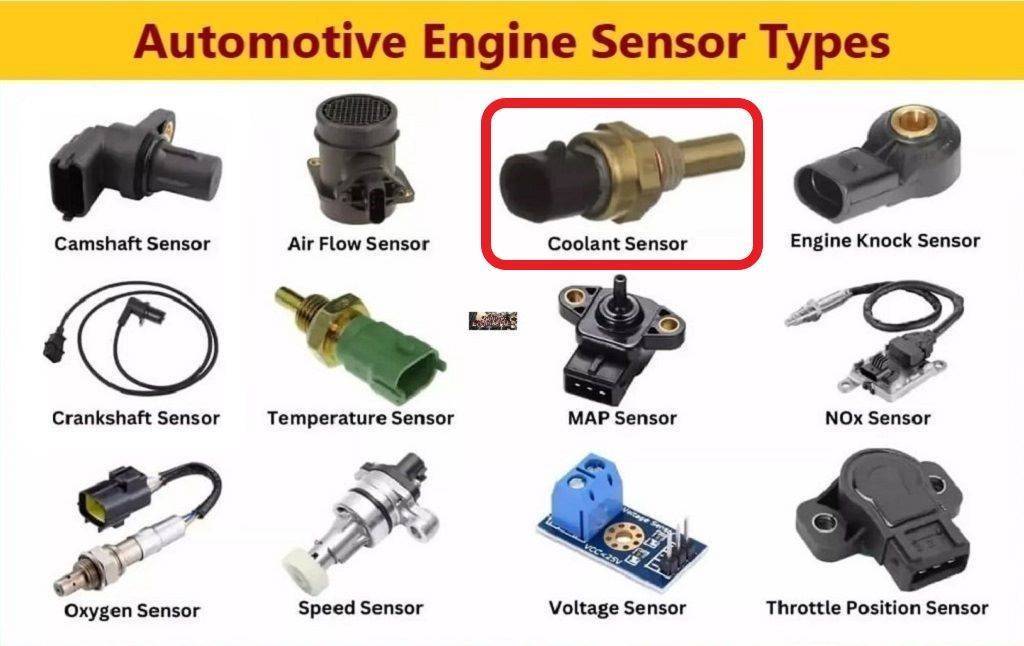
“Choose Your Engine Coolant Temperature Help Topic Below”
- Engine Coolant Temperature (ECT) Sensor: Failure Signs: Testing
- Engine Coolant Temperature Sensor: Step By Step Replacement
- (ECT) Engine Coolant Temperature Sensor – What Can Go Wrong
The (ECT) sensor monitors the engine’s coolant temperature. And sends this data to the engine control unit (ECU). The (ECU) uses this information to adjust the fuel mixture: ignition timing, and cooling fan operation to ensure the engine runs at its optimal temperature. This data is also sent to the dashboard’s temperature gauge.
So, How Does It Work:
Sensing the temperature:
The (ECT) sensor is a temperature-sensitive resistor (a thermistor). It’s immersed in the coolant, and as the temperature changes, its internal resistance changes.
Sending a signal to the (ECU):
The (ECU) sends a constant voltage to the sensor. As the engine warms up, the sensor’s resistance decreases, causing the voltage that returns to the (ECU) to decrease. When the engine is cold, the resistance is high, and the returned voltage is higher.
(ECU) response:
The (ECU) interprets the changes in the returned voltage to calculate the coolant temperature. Based on this reading, it makes adjustments to key engine functions:
Fuel injection:
Adjusts the amount of fuel injected for a proper air-fuel mixture.
Ignition timing:
Modifies the spark timing for efficient combustion.
Cooling fan:
Controls when the electric cooling fan turns on and off.
Dashboard display:
It provides the data needed to display the engine temperature on the dashboard gauge.
Thank You!
